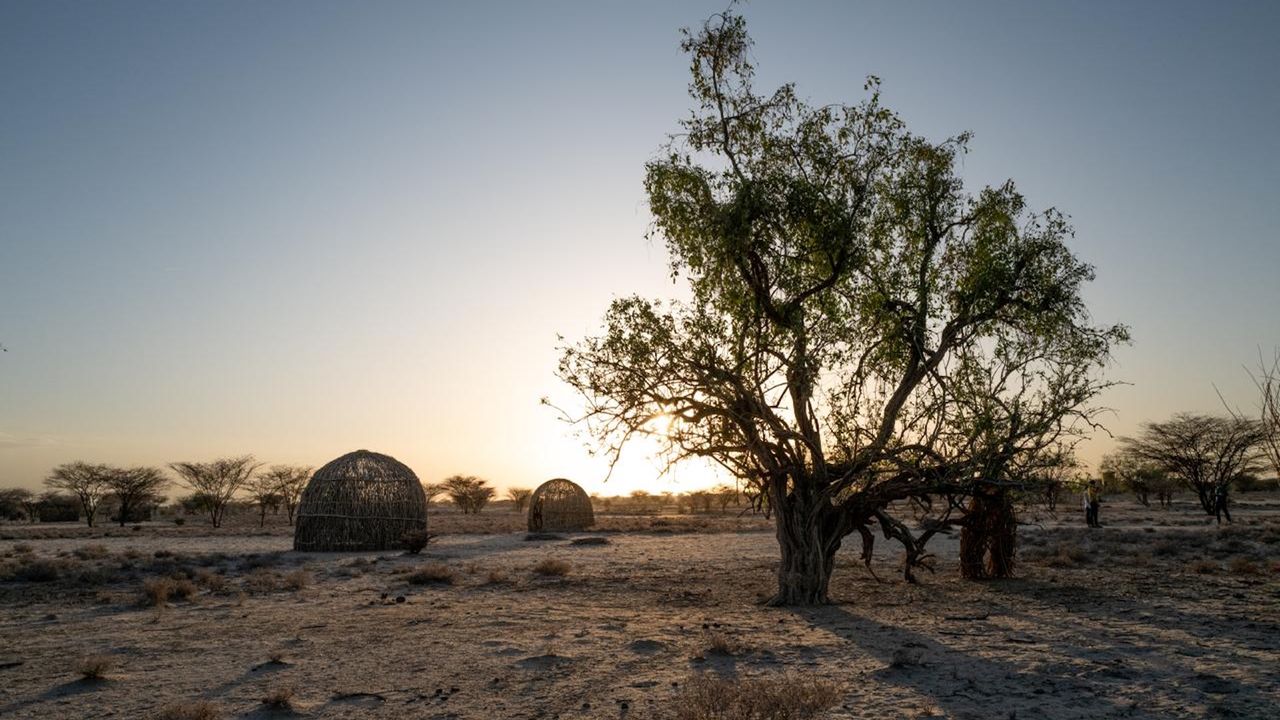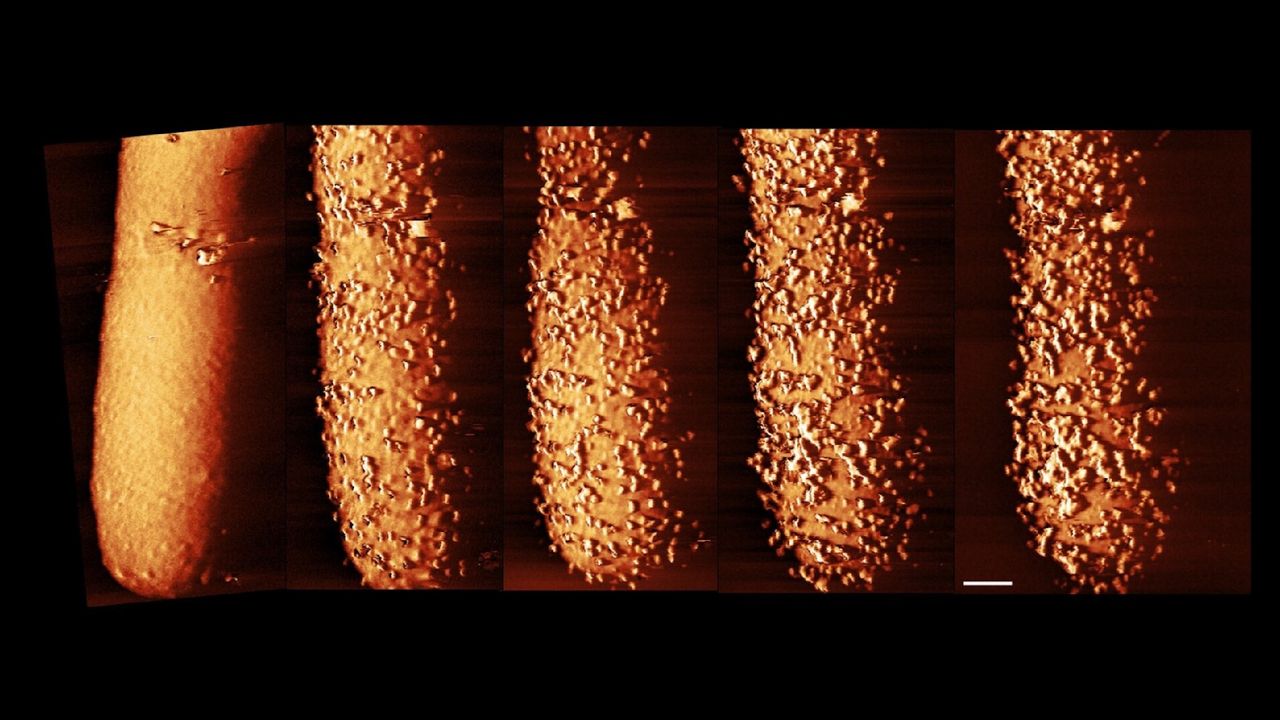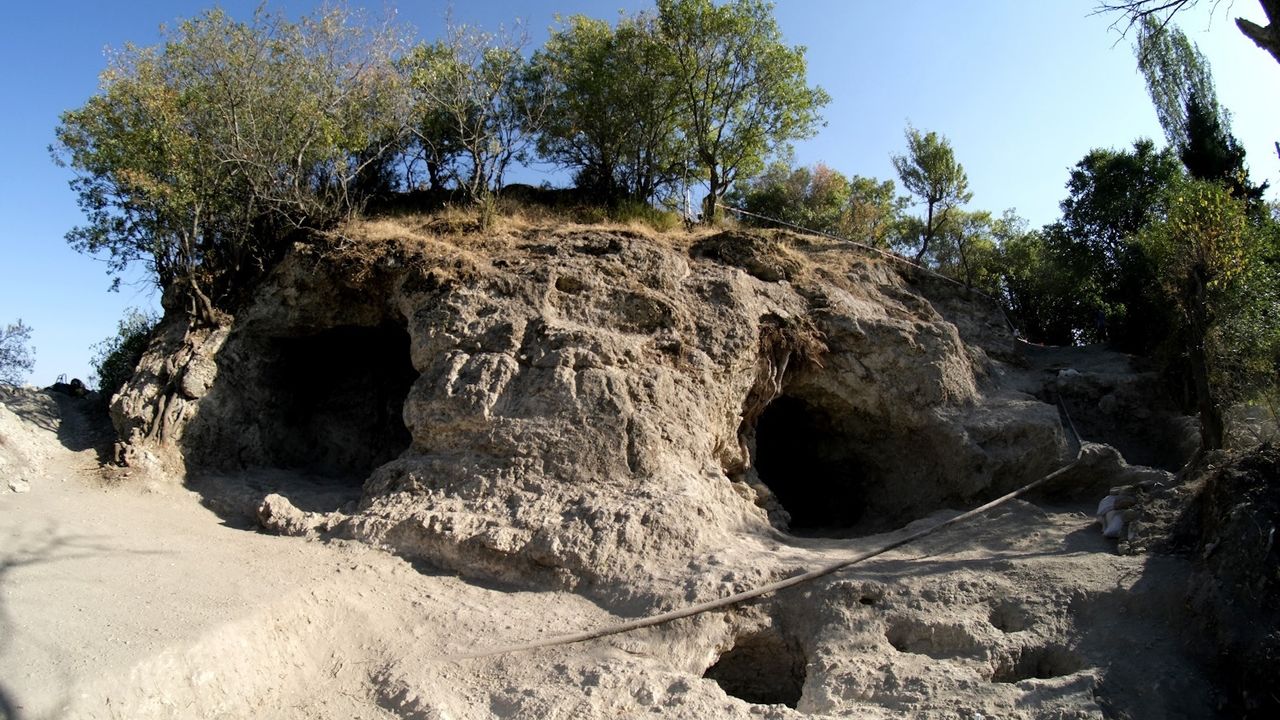AI can now be used to design brand-new viruses. Can we stop it from making the next devastating bioweapon?
NegativeScience

Recent advancements in AI have enabled scientists to design bacteriophages, which are viruses that specifically target bacteria. While this innovation could lead to breakthroughs in medicine, it also raises significant concerns about biosecurity. The ability to create new viruses using AI poses potential risks, including the possibility of developing bioweapons. As we explore the benefits of this technology, it's crucial to address the ethical implications and ensure that safeguards are in place to prevent misuse.
— Curated by the World Pulse Now AI Editorial System








